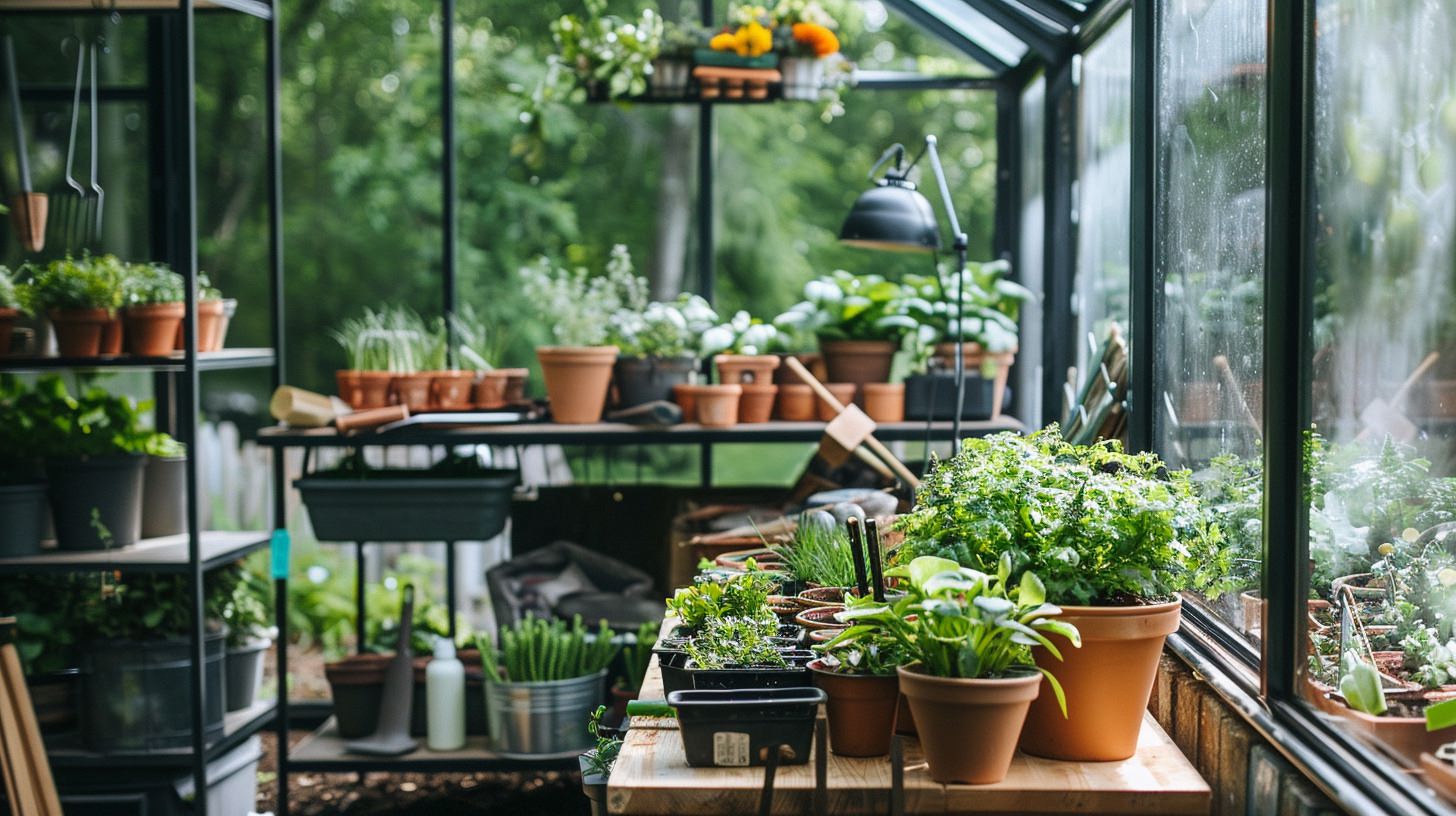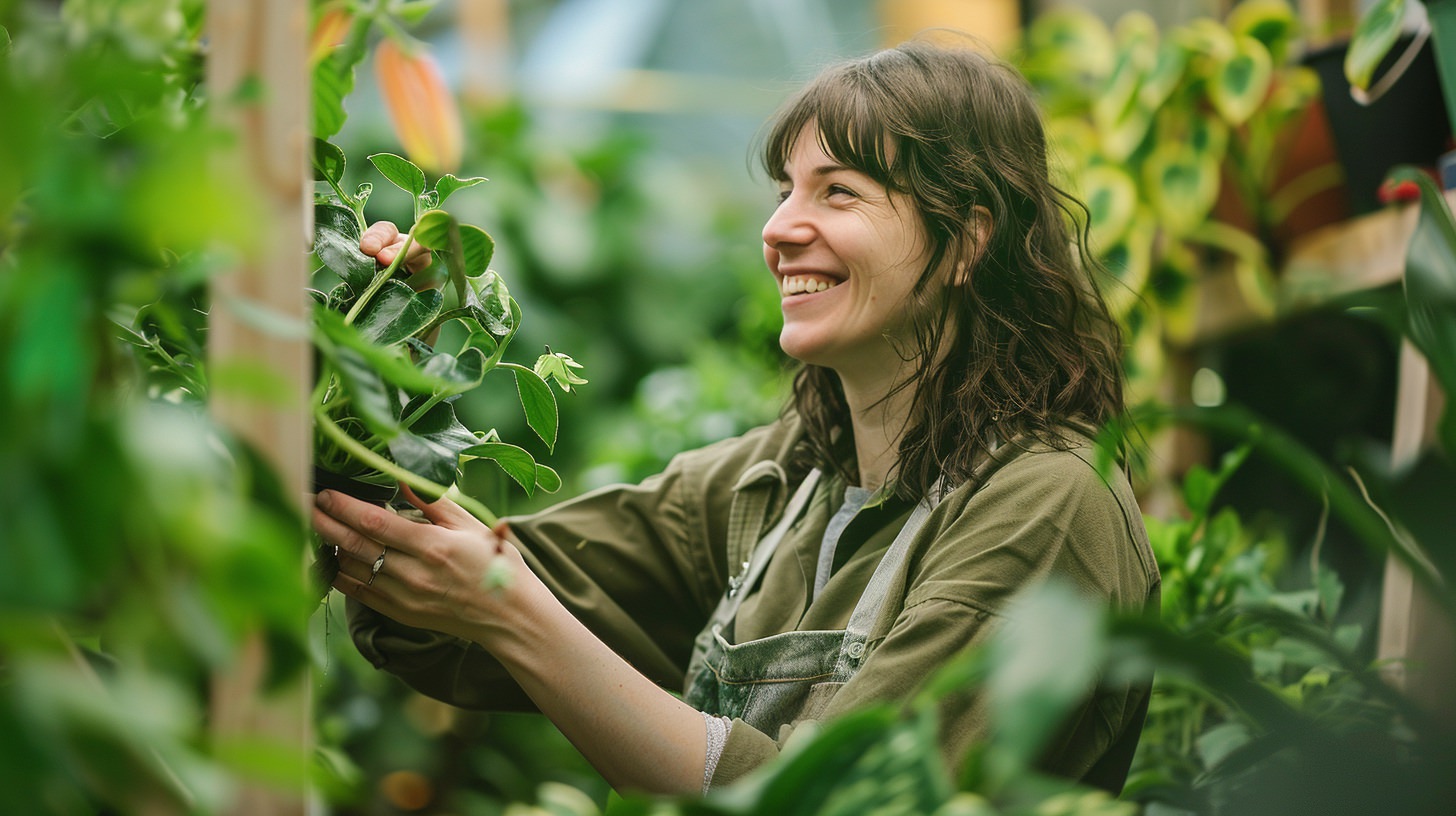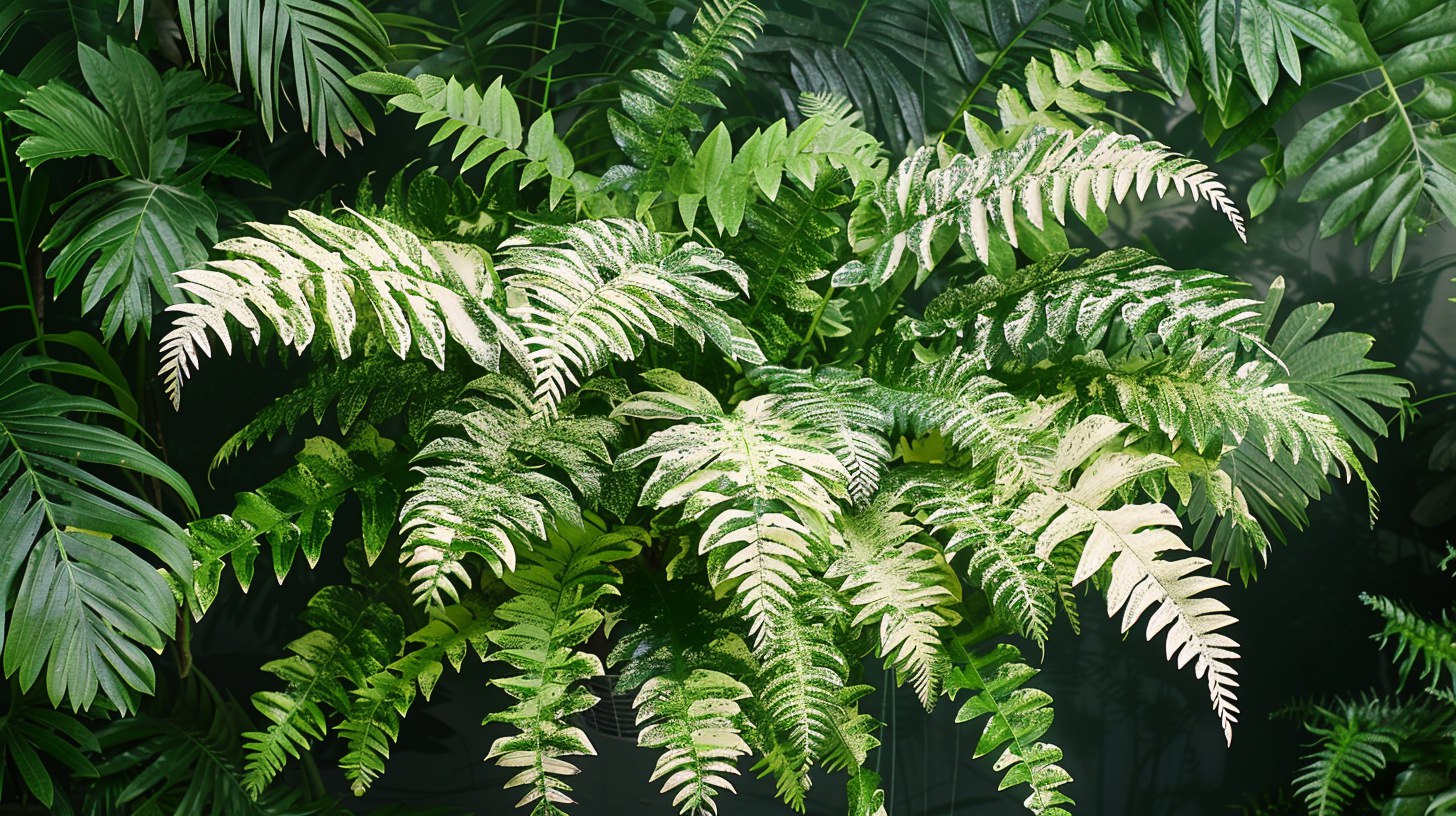
Embark on a journey of horticultural artistry and precision as we delve into the intricate world of mastering the art of bonsai propagation. From humble seeds to meticulously sculpted trees, the process of propagating bonsai plants encapsulates patience, skill, and a deep understanding of botanical craftsmanship. Join us as we uncover the secrets and techniques behind cultivating strikingly beautiful bonsai through propagation.
Understanding the Basics of Bonsai Propagation
Importance of Propagation in Bonsai Cultivation
Bonsai propagation is a fundamental aspect of mastering the art of bonsai cultivation. It allows enthusiasts to create unique designs, preserve rare species, and expand their collection without solely relying on purchasing fully grown trees.
Different Methods of Bonsai Propagation
-
Seeds: Propagating bonsai from seeds offers a rewarding experience as you witness the entire growth journey from the beginning.
-
Cuttings: Taking cuttings from established bonsai trees is a common and effective way to replicate desired characteristics.
-
Air Layering: This technique involves encouraging roots to form on a branch while still attached to the tree, allowing for a new plant to grow independently.
Selecting the Right Plant Species for Propagation
It’s crucial to choose plant species that are suitable for bonsai cultivation and propagation. Consider factors such as resilience, growth speed, and compatibility with your local climate. Research reputable nurseries or online retailers like The Bonsai Outlet for a diverse selection of bonsai-friendly species.
Step-by-Step Guide to Propagating Bonsai Trees
Collecting Suitable Plant Material
Before delving into bonsai propagation, ensure you have the necessary plant material. Look for healthy and disease-free branches, seeds, or plants to propagate. Consider the desired characteristics and features you want to replicate in your new bonsai creations.
Preparing the Tools and Workspace
-
Tools: Gather essential tools such as sharp scissors, rooting hormone (if using cuttings), suitable containers, and well-draining soil.
-
Workspace: Set up a dedicated area with good lighting and ventilation to work on your propagation projects.
Techniques for Propagation
-
Seeds: Plant seeds in a well-draining bonsai soil mix and maintain consistent moisture levels until germination.
-
Cuttings: Trim a healthy branch with several nodes, apply rooting hormone, and place in a moist growing medium until roots develop.
-
Air Layering: Make a shallow incision on a branch, wrap with sphagnum moss, and cover with plastic wrap to promote root growth.
Caring for Propagated Bonsai Plants
Regularly monitor the progress of your propagated bonsai plants and provide appropriate care:
-
Maintain proper watering schedules to prevent drying out or waterlogging.
-
Adjust lighting conditions to promote healthy growth.
-
Fertilize as needed to support root development and overall vigor.
Tips for Successful Bonsai Propagation
Providing Optimal Growing Conditions
To master the art of bonsai propagation, creating the right environment is crucial. Consider the following factors:
-
Temperature: Maintain stable temperatures suitable for the plant species.
-
Humidity: Keep the air around the propagated plants moderately humid.
-
Light: Ensure adequate light without exposing plants to harsh direct sunlight.
Monitoring and Adjusting Watering and Fertilization
-
Watering: Check the moisture levels of the growing medium regularly and water only when necessary to avoid overwatering.
-
Fertilization: Use a balanced fertilizer at a diluted strength to provide essential nutrients for healthy growth without causing root burn.
Preventing Common Propagation Challenges
-
Root Rot: Ensure proper drainage in the containers and avoid waterlogging to prevent root rot.
-
Pest Infestations: Monitor plants for pests like aphids or spider mites and take prompt action to control infestations.
-
Disease Management: Watch for signs of fungal or bacterial diseases and treat affected plants accordingly.
Pruning and Shaping Young Bonsai Plants
Regular pruning is essential to shape and maintain the desired form of your propagated bonsai plants:
-
Trim excess growth to encourage branching and compact growth.
-
Shape the plants gradually over time to achieve the desired bonsai design.
Advanced Techniques in Bonsai Propagation
Grafting and Budding Methods
Mastering bonsai propagation involves exploring advanced techniques like grafting and budding:
-
Grafting: Joining a scion (desired plant part) with a rootstock to create a new plant with combined characteristics.
-
Budding: Inserting a bud from a desired plant onto a rootstock to propagate specific attributes.
Promoting Quicker Growth and Development
-
Root Pruning: Periodically prune the roots of propagated bonsai plants to encourage new growth and overall health.
-
Wound Healing: Ensure proper care and protection of wounds created during propagation to promote healing and prevent infections.
Experimenting with Different Propagation Approaches
-
Layering: Explore different layering techniques such as simple layering or approach grafting to propagate bonsai trees effectively.
-
Division: Divide well-established bonsai plants carefully to propagate and create new individual trees.
Incorporating Propagation into Overall Bonsai Design and Care Strategy
Integrating propagation into your bonsai design and care routine offers new possibilities:
-
Use propagated plants to create companion pieces or accent plants in your bonsai displays.
-
Plan propagation projects in alignment with the long-term vision for your bonsai collection.
Troubleshooting Common Issues in Bonsai Propagation
Addressing Root Rot and Overwatering Issues
Root rot is a common problem during bonsai propagation, but it can be managed effectively:
-
Ensure proper drainage in the propagation containers to prevent water accumulation around the roots.
-
Adjust watering frequency to allow the growing medium to dry out slightly between waterings.
Dealing with Pest and Disease Problems During Propagation
-
Pest Control: Regularly inspect propagated bonsai plants for pests and treat infestations promptly to prevent damage.
-
Disease Management: Implement good hygiene practices to minimize the spread of diseases and adopt preventive measures like proper ventilation.
Adjusting Propagation Techniques for Specific Plant Species
Different plant species may require customized propagation approaches:
-
Research the specific needs and characteristics of the plant species you are propagating.
-
Adapt your propagation methods based on the unique requirements of each plant species.
Seeking Help and Resources for Challenging Propagation Scenarios
In complex propagation situations, don’t hesitate to seek assistance and guidance:
-
Join online bonsai forums or communities to connect with experienced practitioners.
-
Consult bonsai nurseries or experts for advice on troubleshooting challenging propagation issues.
Creating a Sustainable Bonsai Propagation Routine
Setting Goals and Timelines for Propagation Projects
Establishing clear objectives and timelines can help you stay organized and focused in your propagation endeavors:
-
Define the number of plants you aim to propagate within a specific period.
-
Break down the propagation process into manageable steps with achievable milestones.
Documenting Progress and Outcomes for Future Reference
Keeping records of your propagation projects is essential for learning and improvement:
-
Maintain a gardening journal to track each plant’s development from propagation to maturity.
-
Take photos of key stages in the propagation process to visually document your progress.
Integrating Propagated Bonsai Trees into Your Collection
As your propagated bonsai plants grow and mature, consider how they fit into your existing bonsai collection:
-
Blend propagated trees with purchased or inherited bonsai to create a harmonious display.
-
Gradually incorporate propagated plants into your collection’s overall design aesthetic.
Continuously Learning and Improving Your Propagation Skills
To truly master the art of bonsai propagation, embrace a mindset of continual learning and growth:
-
Stay updated on new techniques and advancements in bonsai propagation through books, workshops, and online resources.
-
Reflect on past propagation projects to identify areas for improvement and refine your skills over time.
How long does it typically take for a bonsai plant to grow from a cutting?
The timeline for a bonsai plant to grow from a cutting can vary depending on factors such as the species of the plant, environmental conditions, and care provided. Generally, it may take several months to a year or more for a cutting to establish roots and begin vigorous growth.
Is bonsai propagation suitable for beginners?
While some propagation techniques may require more experience and skill, beginners can certainly explore basic propagation methods like seed germination and simple cuttings. Starting with easier techniques allows beginners to learn and develop their skills in bonsai propagation gradually.
Can I propagate a bonsai tree from any plant species?
Not all plant species are suitable for bonsai cultivation and propagation. It’s essential to research and select plant species that have characteristics conducive to bonsai aesthetics and growth. Some common bonsai species suitable for propagation include Ficus, Juniper, and Pine.
How often should I water my propagated bonsai plants?
Proper watering is crucial for the health and development of propagated bonsai plants. The frequency of watering depends on factors like the plant species, container size, and environmental conditions. It’s recommended to check the moisture levels of the growing medium regularly and water when needed to maintain optimal hydration.
What should I do if my propagated bonsai plant shows signs of stress or decline?
If your propagated bonsai plant displays signs of stress, such as wilting leaves or yellowing foliage, it’s essential to assess potential causes like overwatering, pest infestations, or inadequate light. Adjusting care practices, addressing any issues promptly, and seeking advice from experienced growers can help revive a struggling plant.


